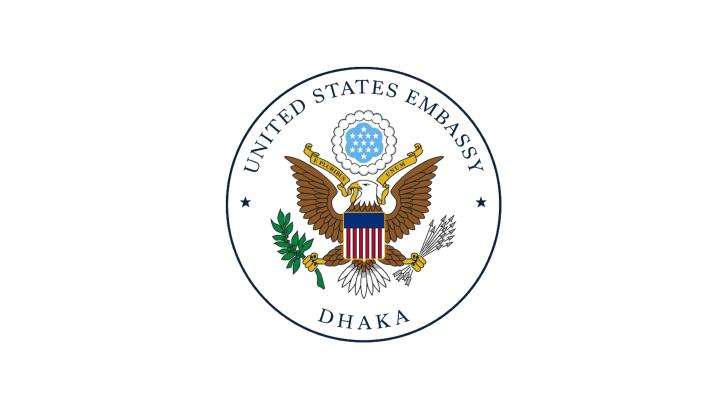In addition to enabling temporary work and residence in Canada, work permits for foreign nationals also help newcomers become more eligible for economic permanent residence (PR) programs by allowing them to obtain Canadian work experience.
What kind of work permits are there?
Canadian work permits can broadly be broken down into two categories:
1. Open work permits (OWPs); and
2.Employer specific/closed work permits.
OWPs allow holders to work anywhere in Canada, for most employers in most industries.
Employer specific work permits, in contrast, only allow holders to work for a specific employer, and often specify the location and duration or work as well. These work permits are often called Labour Market Impact Assessment (LMIA)-based work permits, as they often require an LMIA in support of the work permit application. LMIAs are the Canadian government's method of assessing what the impact of hiring a foreign worker will be on the Canadian labour market. To successfully support a work permit application, an LMIA must return either a positive or neutral result.
How long will it take to process a work permit application?
Processing times for work permits can differ greatly depending on the program, type of work permit applied for, whether a candidate is inside or outside of Canada, and a host of other factors.
To deal with these multiple influences, Immigration Refugees and Citizenship Canada (IRCC) has developed a regularly updated processing times tool, which also accounts for the department's current capacity and backlog of applications.
Can visitors in Canada apply for a work permit?
Under usual circumstances, visitors in Canada (those on a visitor visa, and not holding a Canadian study or work permit) cannot apply for work permits while inside Canada.
However, due to a temporary policy change made during the COVID-19 pandemic (set to expire on February 28th, 2025), some visitors in Canada can now apply for employer-specific work permits.
To be eligible applicants must:
Be physically present in Canada at the time of applying;
Stay in Canada while IRCC processes the application. If an applicant leaves while their application is being processed, they will not be eligible under this public policy;
Apply for your employer-specific work permit between August 24, 2020, and February 28, 2025;
Be a visitor with valid status at the time they apply for the work permit; and
Restore their visitor status (if it has expired) before they apply for a work permit.
Certificat de sélection du Québec (CSQ) holders are also eligible for this public policy. This is a document issued by the Quebec immigration authority that declares the holder has been selected to settle in Quebec.
Can applicants appeal a decision on their work permit application?
Canada’s Immigration and Refugee Protection Act—the federal parliamentary Act that dictates the country’s immigration goals and guidelines—does not outline a right of appeal for decisions on temporary resident (work / study permit or visitor visa) applications.
IRCC instead encourages applicants to reapply, stating that, if possible, a different immigration officer will review the new application.
If an applicant believes that the processing of their application did not follow procedural standards, they may instead pursue a judicial review. This is a legal procedure wherein the Federal Court of Canada will review the actions taken by the processing officer. Under the judicial review process, a lawyer in Canada would represent the applicant.
How can a lost, stolen, or destroyed work permit be replaced?
Work permit holders who have lost or otherwise no longer have possession of their physical work permit must apply to replace the document.
In addition to filling out an application, holders will also need to pay a fee to have their work permit re-printed.
Can I apply for a work permit when I arrive in Canada?
IRCC encourages all newcomers to apply for their work permit before they arrive in Canada, if they need one.
However, some individuals may be eligible for to apply for their work permits at a Canadian port of entry (POE). To be eligible to apply at a POE, candidates must:
1. Be from a visa-exempt country;
2. Be eligible for an electronic travel authorization (eTA) or travel to Canada without a visitor visa;
Meet all other requirements, depending on the type of work permit they are applying for.
Newcomers cannot apply for a work permit at a POE if they:
Need a visitor visa to come to Canada;
Are applying for a Post-Graduation Work Permit (PGWP)
Are a citizen of an eligible visa-required country;
Are an International Experience Canada (IEC) applicant who is not a citizen or permanent resident of the United States; and/or
Are applying under the Seasonal Agriculture Worker Program.
Newcomers applying at a Canadian POE may also require a medical exam in support of their application.








.svg)



